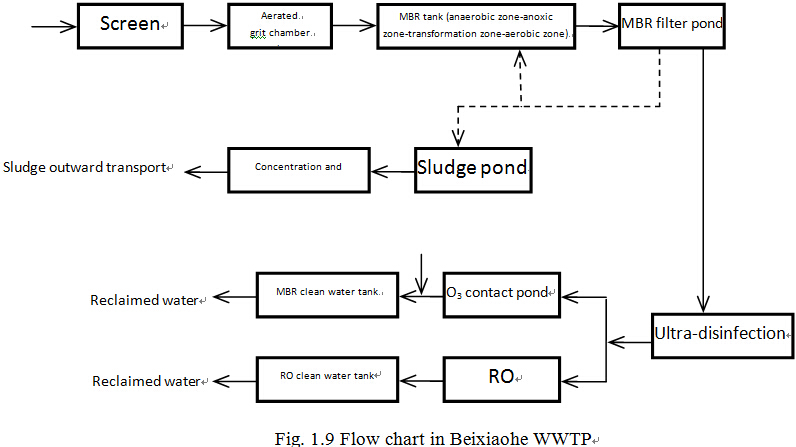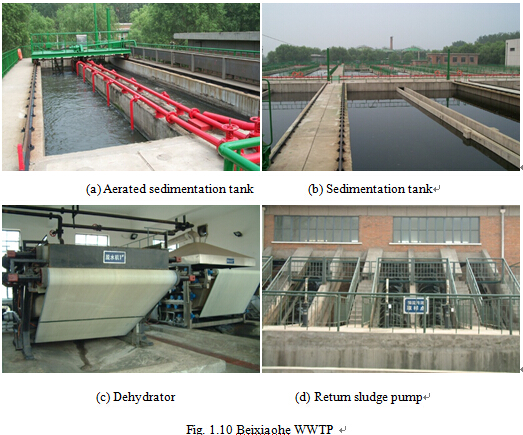Beixiaohe Wastewater Treatment Plant
chinagate.cn, March 22, 2015 Adjust font size:
Beijing Municipal Research Institute of Environmental Protection recently issued a survey report entitled "Technical report on typical wastewater treatment in North China". The research team carried out the investigation of wastewater treatment technologies in Beijing and Hebei provinces that may be suitable for adoption in Africa.
The investigation consists of field research and information provided by company, focusing on the wastewater treatment process, investment costs, operating costs, treatment capacity, occupation area, inflow conditions and water quality and other aspects.
Beixiaohe WWTP is located in Xindian Village, Datun county, Chaoyang District in Beijing with an occupation area of 60,000 square meters and serving an area of 20.68 square kilometers. It has a daily wastewater treatment capacity of 100,000 cubic meters and is mainly treating wastewater from the Olympic Village and Beiyuan area and to provide daily 60,000 cubic meters of reclaimed water to Olympic venues and the Olympic Park. Since the Beixiaohe WWTP was put into operation, water condition in Beijing Olympic Village and Beiyuan area has fundamentally improved, which fully embodies the concept of Green Olympics. Beixiaohe WWTP construction was done in two periods.
The first period is for the supply of water to the 11th Asian Games Village projects in Beijing with a total investment of 48 million RMB to build a A/O wastewater treatment plant with a daily capacity of 40,000 cubic meters, which was put into operation in September 1990 officially. It was the first secondary treatment plant with conventional activated sludge process (A/O), and the water quality indicators have achieved the level of secondary treatment standards. The treated effluent is discharged into the Beixiaohe River. After being dehydrated mechanically, dewatered sludge is transferred to sludge disposal center to be treated with sludge drying and sludge digestion. Biogas generated during digestion is collected and digested effluent is transferred to the farmland as fertilizer. The sludge after being treated properly can be utilized as a renewable resource such as organic nutrient soil, fuel, and construction material etc.
The second period is for the supply of water to the 29th Beijing Olympic Games project with a total investment of about 293 million RMB to build a wastewater treatment plant with a daily capacity of 100,000 cubic meters. It comprises the following three projects:
(1) The alteration of an existing wastewater treatment daily capacity of 40,000 cubic meters;
(2) The new MBR technology which is an advanced and efficient wastewater treatment facility was built with the operating cost of 0.6-0.7 RMB/ton of water and daily treatment capacity of 60,000 cubic meters. The treated water meets the stringent city water quality standard for miscellaneous water uses such as "wash water quality vehicle" standard for the Olympic Village and green watering for Datun Development Zone of 23.75 square kilometers;
(3) RO (reverse osmosis) water treatment process facilities were built with advanced MBR water treatment process for reclaimed water as source of water and it is operating at daily treatment capacity of 10,000 cubic meters with operating cost of 2-4 RMB/ton of water. Water quality discharged achieves class III of surface water standard, which is used to provide flushing and green watering for Olympic venues and landscape supplemental water to Olympic forest Park.


